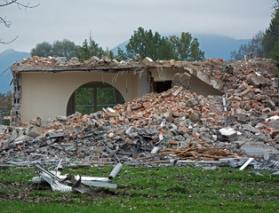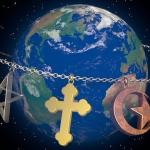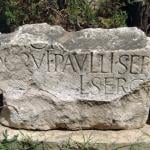Scientists studying the DNA of Richard III, the Plantagenet king whose body was found buried beneath a Leicester car park, have revealed that there was marital infidelity among his aristocratic relatives.
Paternity tests on the DNA of a living male-line descendant of Richard III’s royal lineage have failed to find a match, which points to some royal person being born on the wrong side of the bed sheets, the researchers revealed.
The latest research into the DNA extracted from the 15th century skeleton shows unequivocally that the remains belong to Richard III, who died in the battle of Bosworth in 1485, said Turi King of Leicester University, the lead author of the study published in Nature Communications.
“Even with our highly conservative analysis, the evidence is overwhelming that these are indeed the remains of King Richard III, thereby closing an over 500-year-old missing person’s case,” Dr King said.
Mitochondrial DNA extracted from the skeleton, which is passed on exclusively through the maternal line, matches precisely with two female-line descendants alive today, who are both 14th cousins twice removed from Richard III, Dr King said.
These findings, combined with other circumstantial evidence, give a probability of the skeleton belonging to Richard as 99.9994 per cent, the scientists said.
However, DNA analysis of the Y chromosome of Richard did not match a living descendant of Henry, fifth Duke of Beaufort, who was supposed to be related to Richard through the male line, Dr King said.
Henry, fifth Duke of Beaufort Henry, fifth Duke of Beaufort “Doing the Y-chromosome research I found there wasn’t a link between Richard III and the male-line relatives who are alive today. So clearly although the genealogy says they are male-line related, the DNA is telling us that there has been a non-paternity or break in that Y-chromosome chain between the 5th Duke of Beaufort, who is their common male-line ancestor, and Richard III, which is 19 generations between them,” she said.
This suggests that the male-line lineage descended from Richard’s great-great grandfather, Edward III, was broken at some point in history, calling into question various claims to the throne – including that of the Tudors, said Kevin Shurer, professor of local history at Leicester University. . . .
Depending on which link in the chain is broken, and of course there is the possibility that there could be more than one break, this asks questions about the Plantagenets and of course the claims to the throne of both the Houses of York and Lancaster,” Professor Shurer said.
“The critical [links in the chain] are between Edward III and his son John of Gaunt. If the break occurs here then this asks questions about the legitimacy of John’s son Henry IV and his subsequent heirs, Henry V and Henry VI,” he said.
“In addition, since the Tudor dynasty was also descended from John of Gaunt there is an indirect influence over the Tudors’ claim to the throne,” he added.
“Likewise if the break is in the part of the chain from Edward III to Richard III this would also ask questions about the legitimacy of the claims of both Richard and of course his brother Edward – but we have absolutely no proof of that,” he emphasised.











